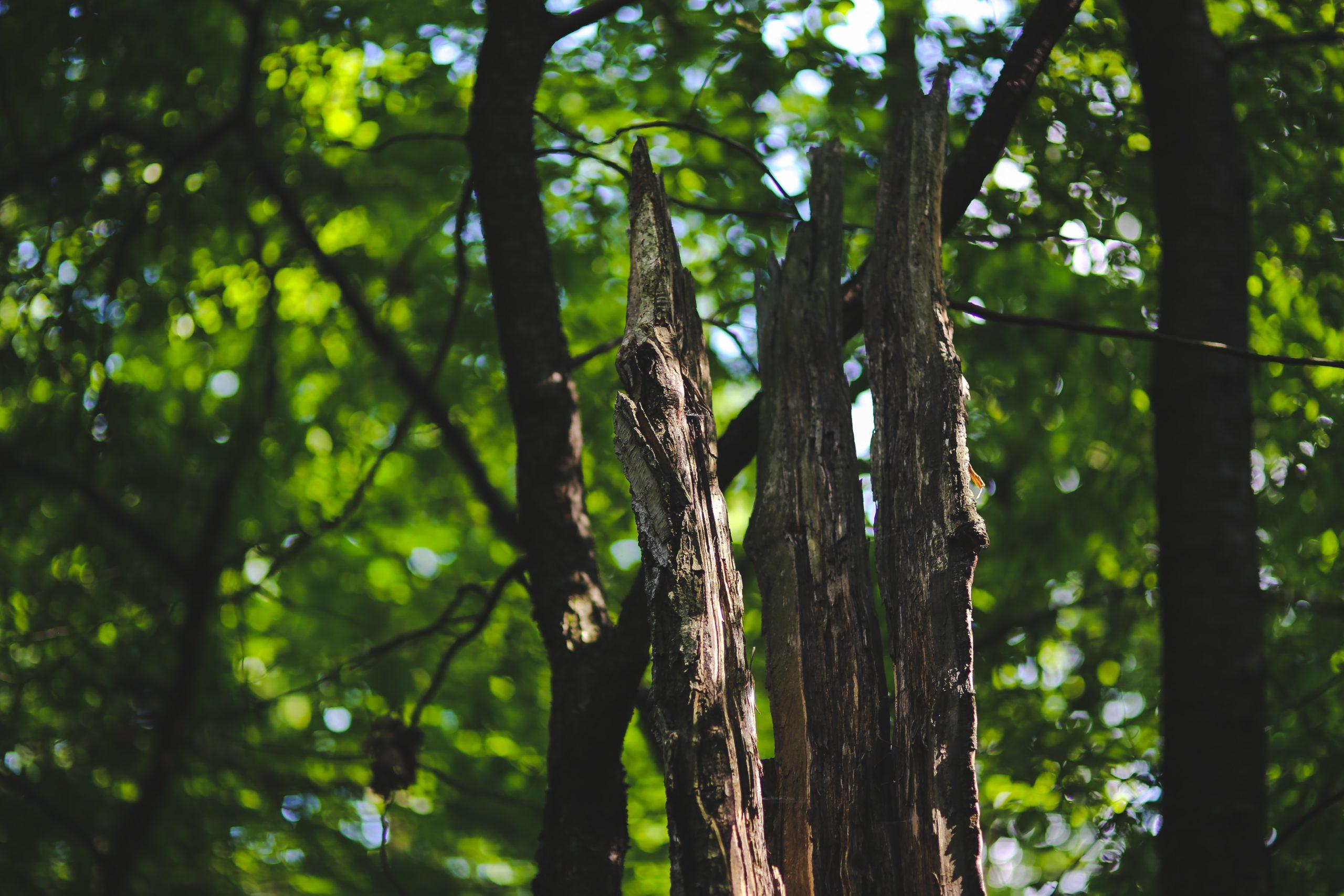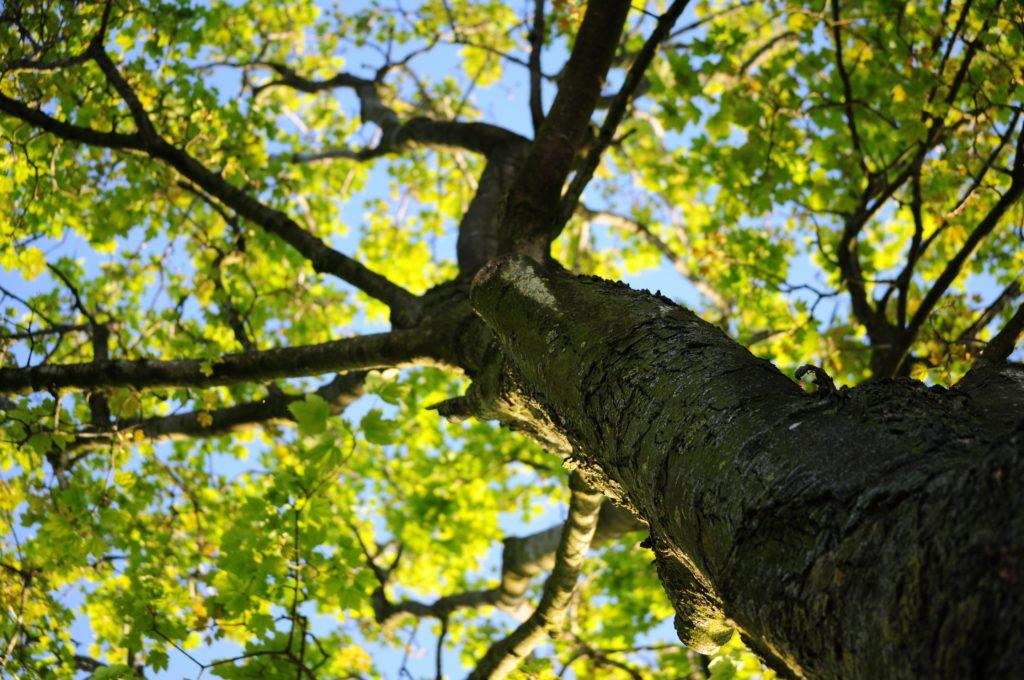Like everything living on Planet Earth, trees have a life cycle, going from conception (in the form of a seed) to death (in the form of a snag). Knowing the basics of your tree’s life cycle could change how you care for it, but just remember: different species of tree, at the same age, could be in different parts of the life cycle. However, no matter what the species, they all start with a seed.
Where The Life Cycle of a Tree Starts
The life of a tree starts when a seed germinates in the soil. Seeds, these little miraculous packages of life, have been used for millions of years by trees to spread their species and grow. Many trees have different seeds that have evolved to survive: pine cones, for instance, are little “fruits” that have two seeds inside an armour of wooden, protective scales. Trees also drop a ton of them, creating a higher chance one will survive and make it to a safe area for growth.
When the seed germinates, the roots come out of the shell, anchoring the little “tree” into the ground and providing it with water. Once it has developed, a shoot leaf comes through the ground, and tree starts its development as a seedling.
The seedling stage is when a tree is at its most vulnerable. It’s just starting to feed without the energy stored in the seed, using photosynthesis to generate food for itself. Because the seedling hasn’t developed many of the protections that will help it as it grows, it’s at the mercy of nature, and seedlings have a high “mortality rate” thanks to disease and being eaten by pests. Luckily, most trees you buy and plant will already be past this stage, but you can test your luck with a seed if you want!
Maturing Trees
If a seed finds an excellent spot in which to grow, and the seedling survives the horrors of nature to grow over three feet tall, it becomes a sapling. How long a tree remains a sapling varies by species, but generally, the longer it’s a sapling, the longer lifespan it will have in general. While still vulnerable, with a smooth, thin bark and very flexible trunk, the sapling will remain a sapling as long as it’s not producing blossoms, seeds, or fruit. (Though fruit, through its deliciousness, is just another way for the tree to move its seeds!)
If it starts fruiting, the sapling has moved out of its teenager phase and into adulthood, becoming a mature tree. For some trees, this could take a decade or two; for others, like the oak tree, it could take forty years. Growth is not over when a tree becomes mature. The mature tree will continue to grow and produce fruits and seeds for a very long time, and its fertility will peak. This mature phase can last for decades, even hundreds of years, before the tree starts to decline and slowly enter the last phase of its life, the “snag” phase.
Snag Trees
Snags, in arboriculture, are trees that are dying or dead. All living things have an expiration date, and trees, though they can live thousands of years, are no exception. While you don’t want a dead tree on your property, snags are actually very important to forest ecosystems, providing habitats for animals and returning important nutrients back to the soil. Of course, you want a tree to reach snag-status on its own, not through an improper environment or invasive species, so you should monitor your trees to prevent them from entering this phase prematurely.

Tree Care Matters
Trees need attention at all stages of life, be it seedling or snag, but different trees will need different levels of attention, and one species might need something another might not. When you buy and plant a new sapling on your property, talk with an arborist or the nursery to find out what you need to help it grow. If you’re new to the property and don’t know what to do, contact an expert to analyze the tree. What you do could prolong its mature phase and keep it healthy and strong!

